
We want to make the metals a climate-neutral future requires - cleanly and in Europe
Scroll down to see our story
We've worked together with the Vrije Universiteit Brussel to develop a comprehensive 2050 blueprint
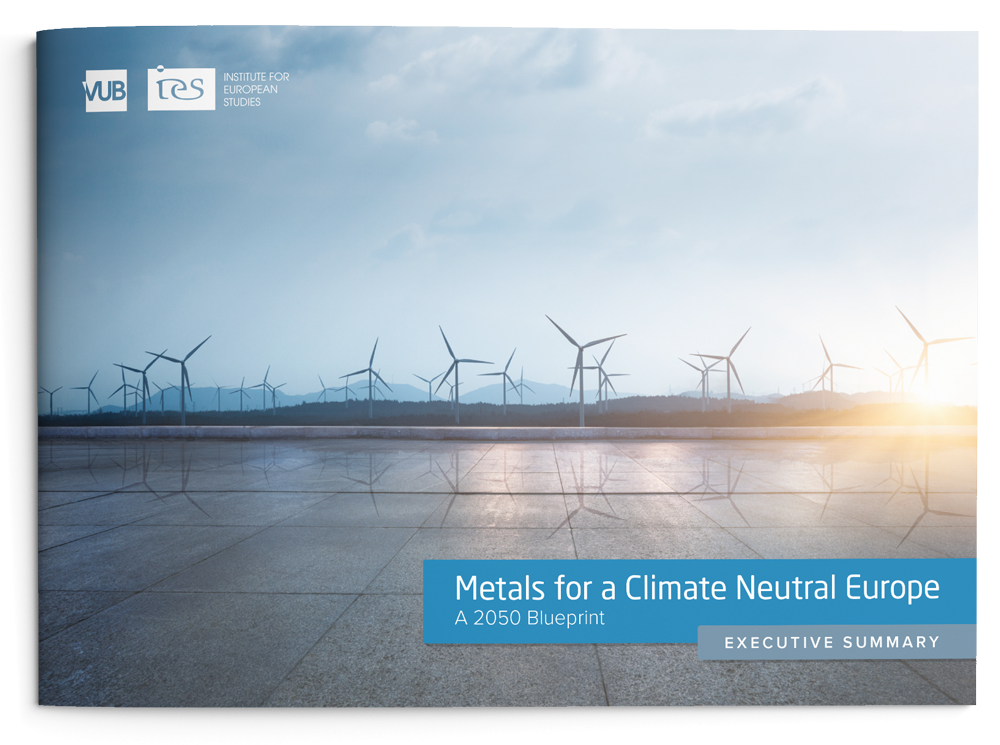
Executive Summary
Download now
5.06Mb
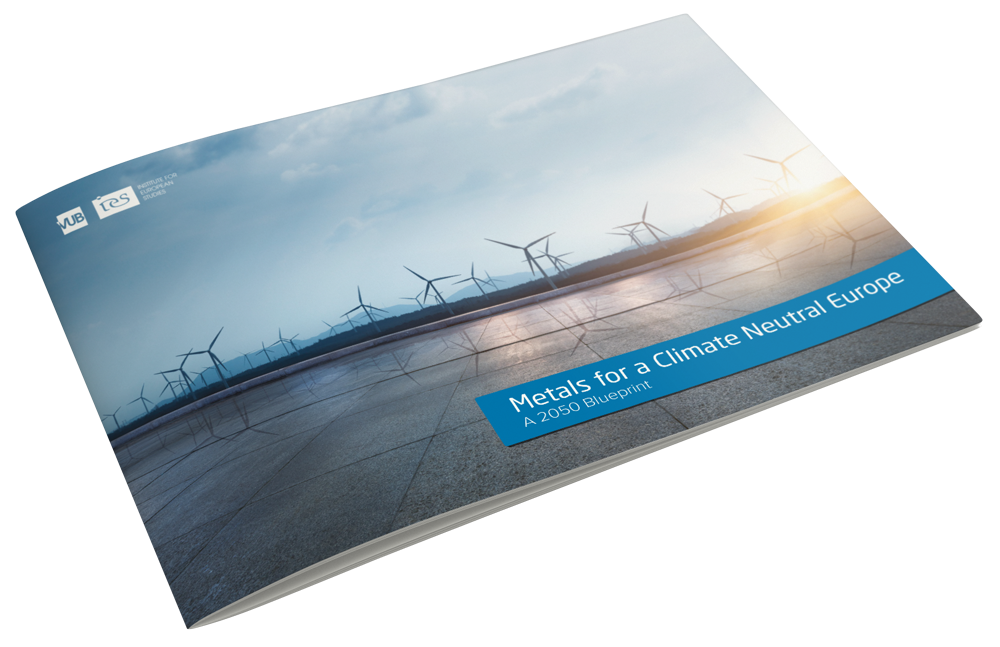
Full Report
Download now
7.96Mb
Why have we developed a 2050 blueprint?
Europe's climate-neutrality goals need more metals
We want to make those metals, cleanly and in Europe
EU 2050 goals require breakthrough innovations for low-carbon metals production
Europe's climate-neutrality goals need more metals
Every conceivable low-carbon product contains metals in some shape or form, and Europe's low-carbon transition will require even more.
Hear from the experts:

+200%
more metals will be needed by 2050 for the world's wind turbines and solar panels

+20%
of today's EU metals demand will be needed by 2030 for new low-carbon technologies

+95%
more strategic metals will be needed by 2035 for the world's emerging technologies
But where will those extra metals be used?
We've laid it out for four key applications
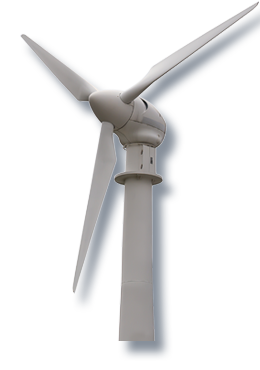
Wind Turbines
Wind turbines can use between 400kg to 4 tonnes of copper per turbine depending on the tecnology used. Copper fulfils electrical and wiring requirements.
Rare earth metals are used in the permanent magnet generators that many wind turbines now employ.
Up to half a tonne of nickel is used so that iron castings can withstand low temperatures.
Molybdenum and zinc enhance the longevity and performance of high-tech steel used to build the tower. Thermally-sprayed zinc provides over 20 years of corrosion protection.

Low-Carbon Transport
Through advanced lead-based batteries, start-stop and micro-hybrid systems reduce fuel consumption by 10%. Lead batteries also provide auxiliary power in hybrid and electric vehicles.
While a conventional car contains 15kg of copper, over 60kg is needed in electrified vehicles, due to increased electrical and wiring requirements.
Hybrid and electric vehicles are powered by nickel-metal hydride or lithium-ion batteries. These contain a variety of metals, including aluminium, cobalt, manganese and nickel.
Rare earth metals including dysprosium, neodymium and terbium are used essentially in permanent magnets in electrical motors.
Protective zinc coatings extend car lifetime, allowing manufacturers to offer 10-year corrosion warranties for weight reduced new steel types
Fuel-cell vehicles depend on platinum, which is used as a catalyst to generate electricity from hydrogen.
The average car contains 140kg of lightweight aluminium in body panels, engine blocks, roofs and wheels. This saves 65 litres of fuel per year.
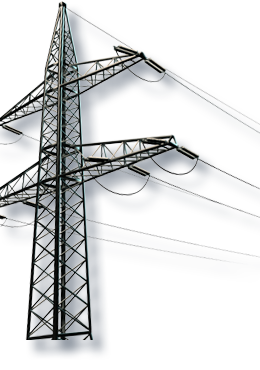
Smart Electricity Grids
Silicon semi-conductor devices are incorporated in smart electricity grids to reduce emissions and energy losses.
Electricity is transported through wires and cables made from copper, aluminium and other metals. Transformers with copper or aluminium windings convert electrical energy to the lower voltages needed in residential and commercial buildings. 1 tonne of copper in electrical systems can deliver lifetime savings of 100 to 7,500 tonnes of CO2.
Battery energy storage supports the integration of renewables and stabilisation of the electricity grid. Several battery technologies are available on the market, based on lead, lithium and nickel chemistries.
Zinc protects electricity pylons from corrosion, for several decades without maintenance
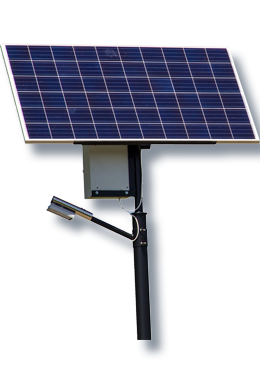
Solar Power
Silver is used in the form of a paste as a conductor on the front and back side of crystalline solar cells.
Copper-Indium-Gallium (CIGS) cells are another "thin-film" technology to reduce material and manufacturing costs. Thin film technologies currently make up around 8% of the current solar photovoltaic market.
Cadmium-Tellurium "thin film" cells have been developed to reduce material and manufacturing costs for solar photovoltaic installations.
Germanium-based solar cells are used in more than 80% of satellite solar applications, due to their 10% higher efficiency compared with commercial cells.
Cells made from crystalline silicon make up about 85% of the current solar photovoltaics market. They can either be manufactured as single crystalline, polycrystalline or amorphous silicon.
102kg of aluminium is used per MW of instaled solar capacity. Aluminium's low weight makes it the material of choice for solar panel frames, supports and connectors.
Zinc protects solar panel mountings from corrosion, for several decades without maintenance
We want to make those metals, cleanly and in Europe
We are proud of Europe's thriving non-ferrous metals industry, and the high standards to which it already operates.
See where our plants are located!
Turnover
€120bn
Number of facilities
900+
Direct employees
500,000
Discover our real-life innovations

A new aluminium pilot plant with world-leading energy efficiency

Providing heat from copper to urban areas

Halving natural gas by recovering heat from zinc

A revolutionary project towards low-carbon aluminium production

Modernising copper furnaces to save natural gas

Replacing coal with charcoal for carbon-neutral silicon
EU 2050 goals require breakthrough innovations for low-carbon metals production
The EU’s ambition for a 2050 decarbonised economy will challenge European metals producers to go beyond their already high standards.
Our production is amongst the most efficient in the world:
But we are now reaching the limit of what current technology allows.
Reduced Energy Consumption at the Aluminium Electrolysis Stage - Best Available Technique Improvements, Europe*
If the EU requires us to achieve carbon-neutral metals production, a combination of incremental and breakthrough improvements is needed.
See our 9 priority areas for future breakthrough innovations:








